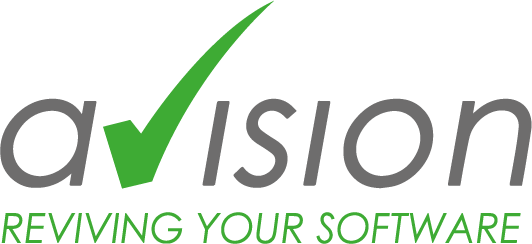At first glance, license-based software is extremely convincing: monthly charges are low, terms are flexible and subscription costs can even be deducted directly as operating costs. So, everything is in the green?
Unfortunately, the model has a huge downside: if manufacturers don’t offer their software for sale in the first place, the only option left is the subscription – companies not only force users to pay higher costs, but also make them dependent: After all, what happens to the data used and the work invested if the subscription expires, the manufacturer drastically raises prices or even goes bankrupt? This can quickly lead to major problems, particularly with regard to the obligation to retain billing-related data.
All change scenarios are just as uncertain: a change is usually expensive, time-consuming and complicated – if it is possible at all due to a lack of standardization. As a result, companies prefer to stick with their chosen solution and have to experience the consequences of a vendor lock-in, i.e. dependence on closed systems from a single manufacturer. However, the offers, which are often deliberately kept cheap at the beginning, quickly reach their limits, so that companies have to switch to expensive premium accounts for additional features or adaptations to the growing requirements. The costs explode, also because in many cases cloud storage space or functions are part of these offers that the customer does not even need but is forced to subscribe to.
The alternative to buying licensed software is simple – companies develop their own solutions or modernize their existing systems. In-house developments are worth their weight in gold, especially when it comes to long-term use of the software with calculable costs and hardly any dependencies on third parties. Another advantage: companies that rely on their own internal solutions need to worry less about the resulting architectural puzzle and the associated compatibility problems that quickly arise when using many different tools and platforms. With the right strategy, complete documentation and regular updates, IT departments also prevent the emergence of legacy software from the outset.
We need to question subscription and license models. While many of these standard solutions are only designed for standard problems, internal and individual systems are much better at meeting a company’s requirements. Even without a subscription trap.
This press release can also be found at www.pr-com.de/de/avision
Press contact
Avision GmbH
Christina Karl
Marketing
Bajuwarenring 14
D-82041 Oberhaching
Tel. +49-89-623037-967
christina.karl@avision-it.de
PR-COM GmbH
Melissa Gemmrich
Sendlinger-Tor-Platz 6
D-80336 München
Tel. +49-89-59997-759
melissa.gemmrich@pr-com.de



